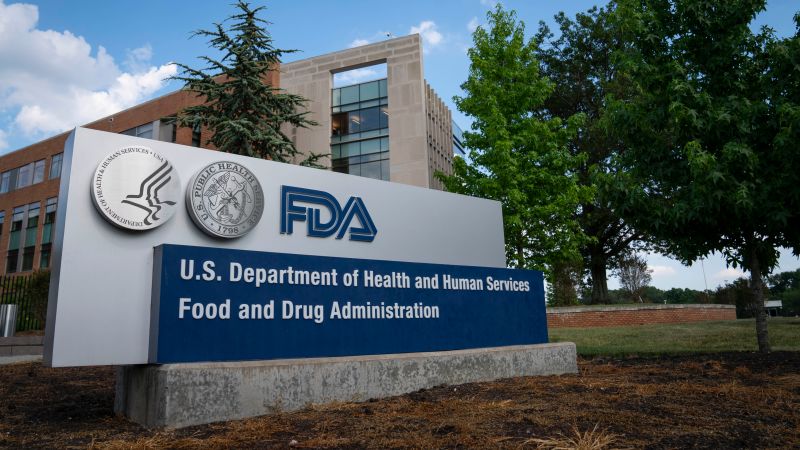The US Food and Drug Administration has approved a second use for the first CRISPR-based medicine, Casgevy, which was approved in December to treat sickle cell disease.
The groundbreaking treatment can now also be used to treat transfusion-dependent beta thalassemia in people 12 and older. Like sickle cell, beta thalassemia is an inherited blood disorder.
…
To make Casgevy, a person’s stem cells are genetically modified using a precision gene editing technique called CRISPR/Cas9. The modified cells are then transplanted back into the body, where they grow and multiply and increase the production of hemoglobin, which decreases symptoms.
The treatment lists for $2.2 million for both sickle cell disease and beta thalassemia.



Got any sources for this being funded by public money? Would like to see more about that
Sure thing! Here’s one:
https://communities.springernature.com/posts/funding-a-technological-revolution-who-pays-for-what-crispr-research
In other words, your tax dollars at work.
And another:
https://direct.mit.edu/qss/article/3/2/443/110371/Funding-CRISPR-Understanding-the-role-of